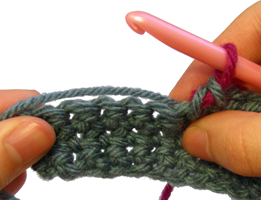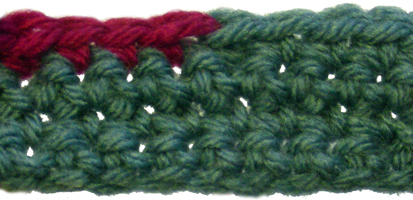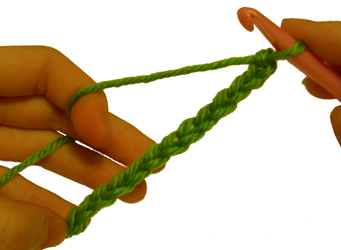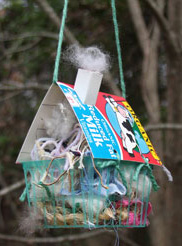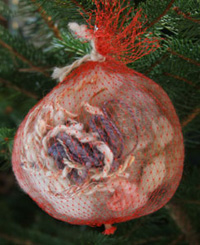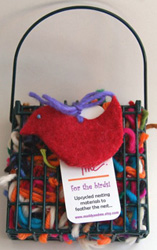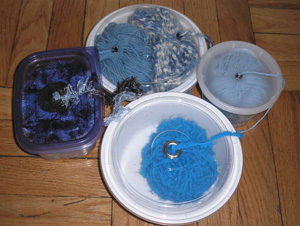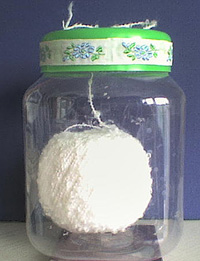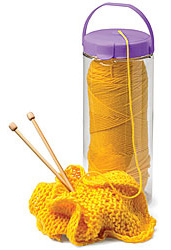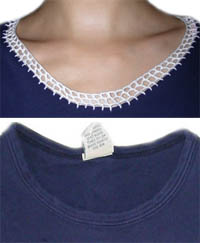How to Crochet: Extended Single Crochet Stitches (exsc)
Posted in Tutorials and Help on November 19th, 2009 by Rachel Choi – 39 Comments| Extended single crochet stitches (exsc) are very similar to single crochet stitches, but as the name suggests, they are extended to be slightly taller.
Here is the abbreviated instructions for exsc – (pull up a loop in next stitch, yarn over, pull through 1 loop on hook, yarn over, pull though final 2 loops on hook) |
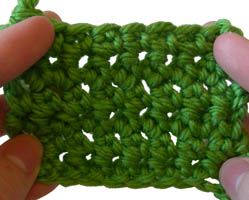 |
Below is the step by step, picture tutorial that will walk you through how to make an extended single crochet stitch. This tutorial is for both right and left handed people. For left handed pictures, roll your mouse over the image and it will change for you.
Starting with a swatch to practice on, pull up a loop in the next stitch. To do so, insert your hook into the next stitch, yarning over (wrap the yarn around your hook) and pulling through the stitch on your hook. You should now have 2 loops on your hook.

read more »

